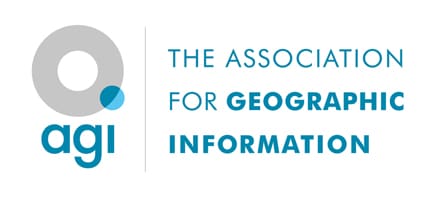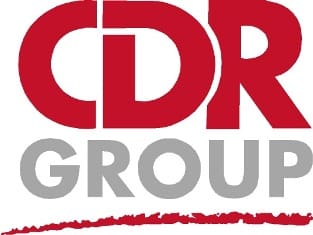Version 2023 is Windows 11 compliant and v2023.1 Build 181 was released earlier this year. The main focus of the new release is the support for the Snowflake Data Cloud, where you can access and visualise data stored on this powerful platform. To help users extract the most value from the spatial data while reaping the benefits provided by the modern cloud, MapInfo Pro can now open DBMS Tables from Snowflake, push down queries to Snowflake, and visualise the result on a map. Users can also edit dynamically in MapInfo Pro and push updates directly back to Snowflake.
Besides support for Snowflake, this release also includes a major change in how we work with spatial databases. The Map Catalog is now optional. MapInfo Pro can now detect spatial data in DBMS tables without these being pre-registered in the MapInfo Map Catalog database.
Also, if you look in the MapInfo Marketplace, you will also see that a couple of new tools have been added and some existing tools upgraded.
If you want to see the power of using MapInfo Pro in combination with Snowflake, check out this personalised demonstration: Using Snowflake from MapInfo Pro.
Of course, you can keep a lookout for those #MapInfoMonday articles on the MapInfo Knowledge Community pages too.
Ordnance Survey latest data releases
New data has been added to the OS National Geographic Database (NGD) and is available for you to access today! The Ordnance Survey is committed to delivering better data for their customers, and the addition of detailed roof attribution means that we can now offer the most comprehensive set of buildings data ever.
What new OS NGD data has been released?
OS NGD Buildings:
Roof material, aspect and shape
Presence of solar panels and green roofs
Building height for Buildings feature type
Access to key public buildings such as hospitals and shopping centres for vehicles and pedestrians
OS NGD Land Use:
Sites (beaches, military training areas, wind farms)
Access purpose to key public sites
Other new data:
Tunnels (OS NGD Structures)
Street lights (OS NGD Transport Features and OS NGD Transport Networks)
Crowd Sourced Names, locally known and alternative names of features and landmarks (OS NGD Geographical Names)
If you are ready to start using the data, you can access it in the OS Data Hub today, you can take a look at the technical documentation on the OS NGD Documentation Platform, and download sample data from the OS website.
If you need to know more or want a quotation for your Area of Interest, just get in touch with the team at CDR Group – love to help.
And don’t forget that our face-to-face MapInfo training courses are running. The schedule of planned courses at our Peak District office is on our website and the AGI’s. Next up is the 2-day Advanced Course on July 9-10.
The best way to get in touch with us is by email via sales@cdrgroup.co.uk
Disclaimer: The publication of AGI member press releases is a member service. The AGI neither approves or endorses the contents of a member’s press release, nor makes any assurance of their factual accuracy.

